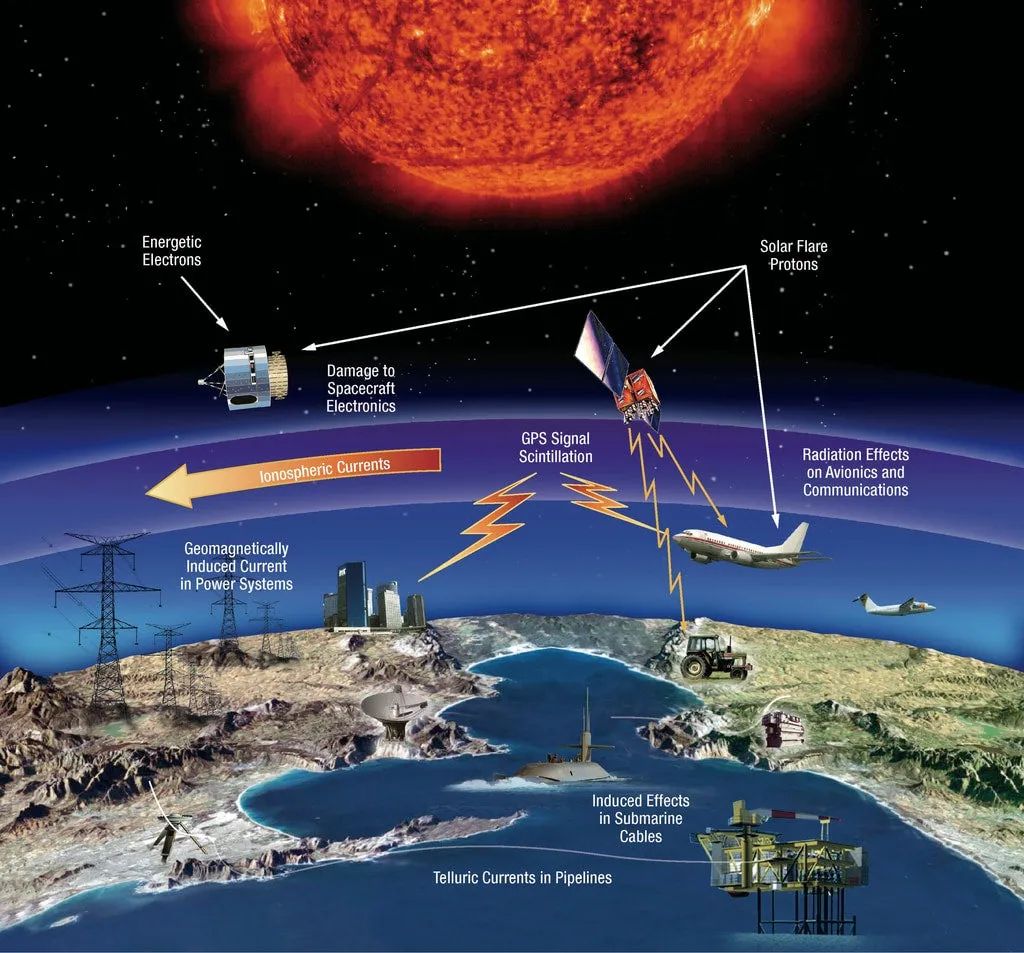Researchers Luiz A. C. A. Schiavo, Natasha L. S. Jeffrey, Gert J. J. Botha, and James A. McLaughlin from the University of Glasgow have published a study in the Astrophysical Journal that sheds light on the complex processes driving solar flares, which could have implications for understanding and predicting space weather events that impact Earth’s energy infrastructure.
Solar flares are intense bursts of energy from the sun, driven by magnetic reconnection, a process that releases stored magnetic energy. These events accelerate electrons, producing hard X-ray emissions and often exhibiting Quasi Periodic Pulsations (QPPs) across various energy spectra. However, the precise mechanisms of energy transfer during these events remain unclear, with different theories proposing various acceleration methods.
The researchers investigated electron acceleration and transport within a flaring coronal loop by solving a time-dependent Fokker-Planck equation. Their model incorporated transient turbulent acceleration, simulating the effects of impulsive energy input to mimic the dynamics of time-dependent reconnection processes. By computing the density-weighted electron flux—a diagnostic directly comparable to observed X-ray emissions—they analyzed the behavior of electrons across energy and spatial domains, from the corona to the chromosphere.
The study found that the functional form of the acceleration source maintains its signature across different energy bands (1 to 100 keV), with a response time that varies depending on the energy level. Higher energy bands, for instance, display a longer response time. Additionally, the researchers observed that for a square pulse, the switch-on and switch-off response times differ; for a sinusoidal input, the periodicity is preserved; and for a damped sinusoidal input, the decay rate increases with density, with higher energy bands losing energy more rapidly.
This research presents a novel methodology for analyzing electron acceleration and transport in solar flares driven by time-dependent sources. Understanding these processes is crucial for improving space weather predictions, which can help protect energy infrastructure on Earth from the potentially devastating effects of solar flares.
The research was published in the Astrophysical Journal, a peer-reviewed scientific journal that covers all aspects of astronomical research.
This article is based on research available at arXiv.

